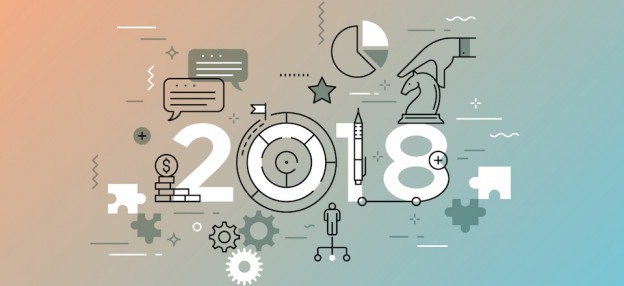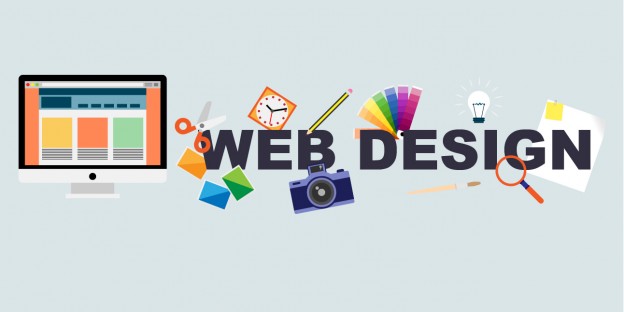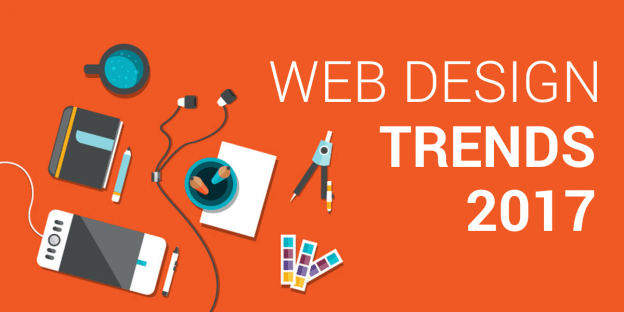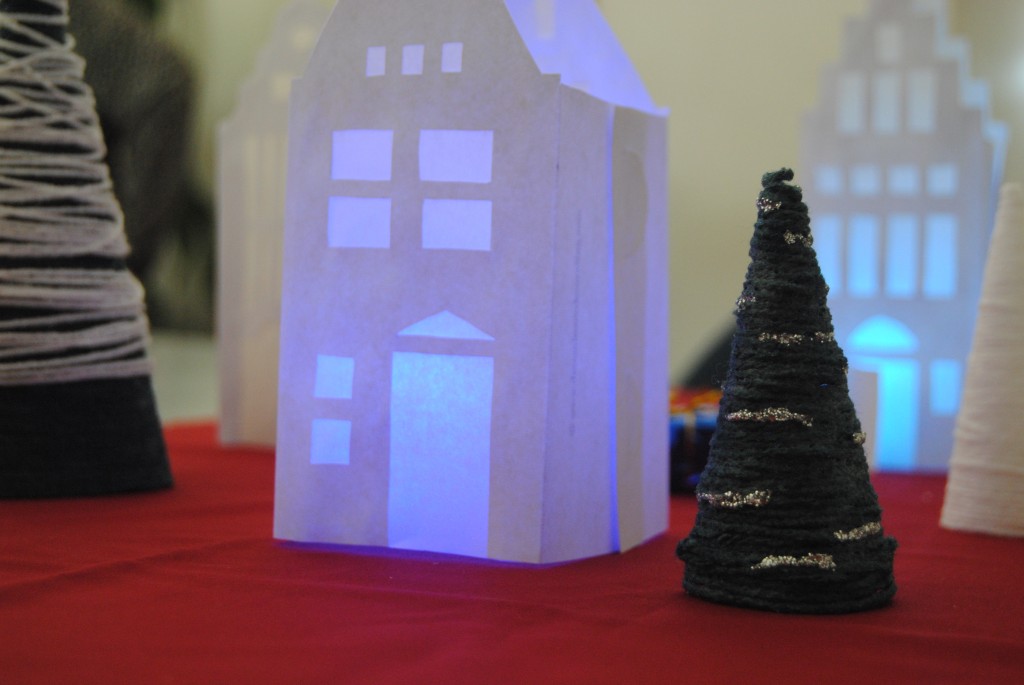As everyone knows, the digital world is constantly evolving from year to year, and 2018 is no exception, far from it! Take advantage of the latest innovations and web trends to bring it up to date. Here’s what will mark 2018 in web design.
1. Animation and interactivity
As we all know, customer experience is becoming increasingly important and redefines sales standards and marketing strategies. Today, it’s no longer enough to praise the quality of your products and services to attract customers. It is now necessary to know how to capture the interest, and I would even say the imagination of customers, to offer them multi-sensory experiences that will captivate them.
This new desire on the part of customers to take part in personalized experiences has been heard by web designers and that is why the animation and interactivity of websites are at the center of their strategy.
Changing colors, shapes, position and even photos: everything is possible. Everything is done to offer customers and Internet users an artistic experience that will charm them.
One of the innovations that will likely resonate with many people is without a doubt the Parallax effect. The latter has the particularity of creating an effect of depth to the different pages of your site. But if you want to stay simple then bet on graphic effects and trends.






